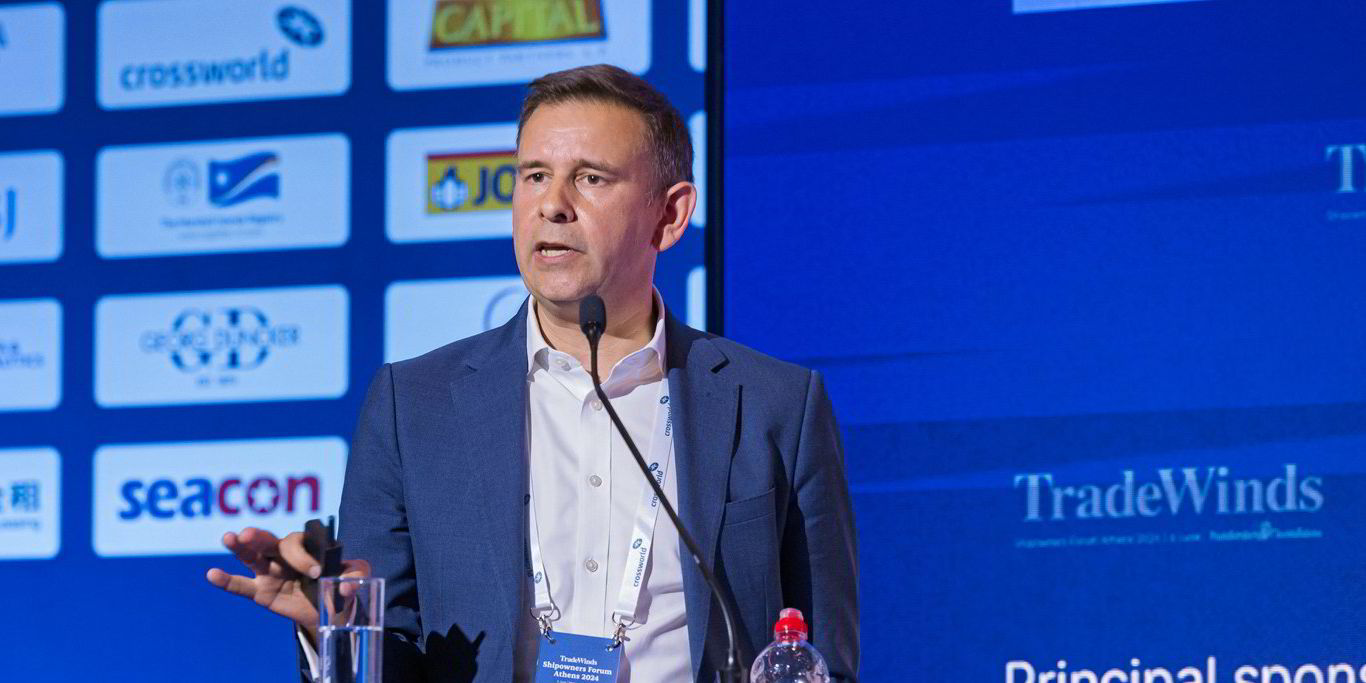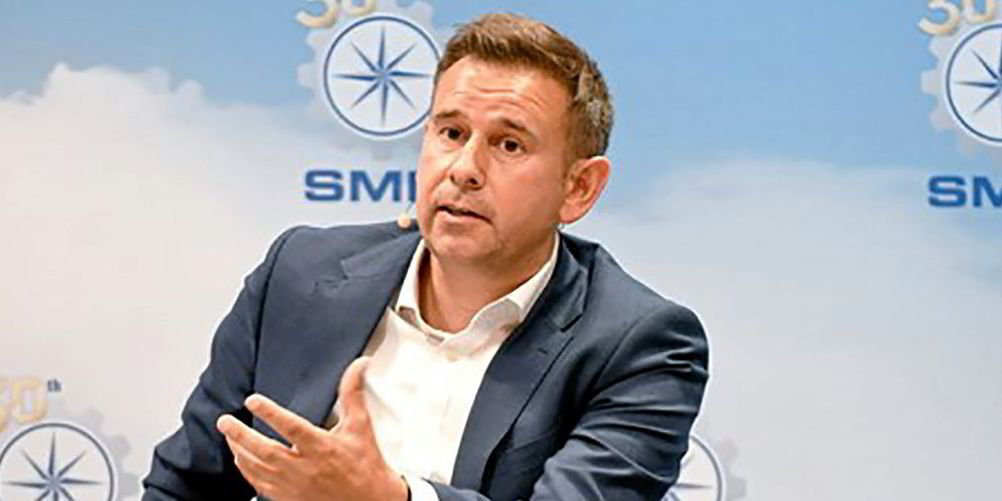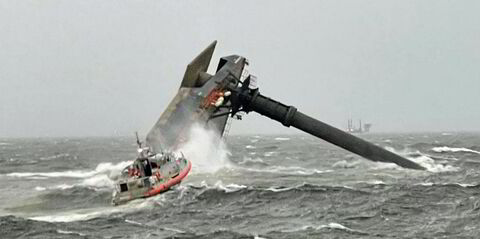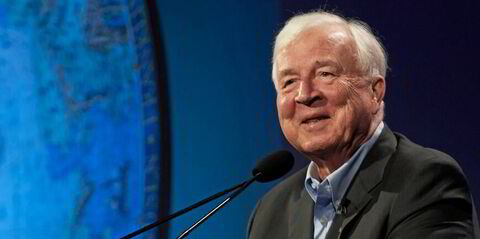Flush shipowners have invested significantly less in newbuildings in the present boom cycle than in the previous stellar period before the financial crisis, despite piling up more cash this time around, according to Clarksons.
This restraint has come as the industry is experiencing the unusual pleasure of all core markets performing strongly at the same time, Steve Gordon, global managing director of Clarksons Research, explained.
“We estimate there has been more cash made in the last four years than in the previous cycle,” Gordon said during the opening address at the TradeWinds Shipowners Forum on Tuesday morning.
“Interestingly, in the last cycle, almost all of it went into newbuilding commitments. Today, less than half.
“The orderbook today is less than 50% of what it was in 2008: 290m dwt versus 660m dwt. It’s a different position from a newbuilding perspective.”
Offering some colour on the vast cash flows shipowners are enjoying, Gordon noted average earnings cross-market at the end of last week. Rates sat at $27,000 per day, against a $7,000 per day cost, he said.
“That gives you a sense of the cash that is coming in each day,” he said.
Gordon continued: “Unusually for shipping, nearly every single market we cover at Clarksons is in a very positive place.”
He noted tankers were very strong with a low orderbook, low fleet growth and disruption from Russia and the Red Sea.
The bulker market was described as good and better than expected, with container shipping on trend.
Car carrier and ro-ro markets were also seen as good, with LNG off a little with seasonal influences. At the same time, the market has come back quite strongly after a slow start, while offshore wind was securing very strong rates.
“It’s unusual to see cross-market strength,” Gordon said. “And when we are looking at strategies and investment opportunities, some of the excess cash in the market creates challenges, as we know, where asset prices are and how long we have to wait for a newbuilding. A very strong market condition.”
Another fresh market also on Gordon’s radar is for CO2.
“We believe CO2 will really start to get some traction over the next year or so,” he said.
“And if it works, we have a situation where the oil companies become the waste disposal people of the globe, by reinjecting CO2 into legacy oil and gas fields.”
Continuing on the energy transition evolution, Gordon urged caution over negative coal shipment forecasts, in part due to its position in Chinese energy security.
On oil, he predicted a gradual transition with perhaps five more years of growth.
“Whatever your view is on peak oil, add a few more years for peak seaborne oil. Just simple geography,” he said. “The demand is Asia and the supply is the Middle East and the US.”





